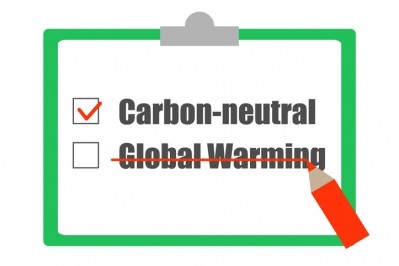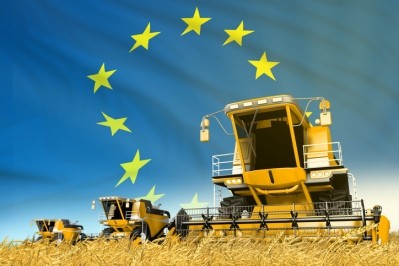Industry group hails focus on feed as part of EU methane emissions reduction strategy

It said the EU cattle and ruminant feed sector is a world leader in terms of enhancing animal diets along sustainability lines as well as in the use of environmental performance measurement tools such as PEFCR Feed for Food-Producing Animals and the GFLI Feed LCA database.
“Efficient grazing strategies for feeding ruminants hold the key to lowering methane emissions in combination with innovative feed materials and additives as part of precision feeding strategies,” said the trade group.
According to the EU Commission, methane emissions from EU agriculture have decreased by 22% since 1990, mainly due to a reduction in ruminant livestock numbers. However, in the past five years, herd sizes have increased again, leading to a slight upturn in methane emissions in that period, it said.
The Commission, in its strategy document, also rightly points to the metrics, to the complexity involved in ensuring accurate monitoring, verification and reporting to reduce methane emissions, noted FEFAC.
The EU executive body is looking to reduce methane emissions significantly by 2030. It published its strategy on October 14, outlining how it intends to so. Its goal is to cut methane emissions by 35-37% by 2030 compared to 1990 levels.
Its plan considers actions that can be taken in the energy, agriculture and waste sectors. According to that strategy document, some 53% of anthropogenic methane emissions come from the agricultural sector, 26% from waste and 19% from energy.
The Commission proposes a revision of the Feed Additives Regulation to reduce the environmental impact of livestock farming by the end of 2021, and it advocates reducing emission intensity through novel approaches to animal feeding as well as via improvements in the health and fertility of livestock.
Plant-based diets
The strategy also identifies a change in the way people eat as another way to reduce methane emissions in agriculture.
“Technical mitigation measures will complement other important developments for the sector and rural areas, in particular an expected societal shift to more balanced diets, with less red and processed meat, more fruits, vegetables and plant-based protein sources, in line with the EU Farm to Fork Strategy.”
Moreover, the Commission wants to support a reduction of methane emissions at global level, noting that while the EU contributes only to 5% of global methane emissions, it can use its position as the largest global importer of fossil fuels and as a strong player in the agriculture sector to support similar action from global partners.
Playing the numbers game
It believes improved reporting of emissions from farming through better data collection will support its objectives.
The Commission is to set up an expert group to analyze life-cycle methane emissions metrics in the first half of 2021. This group will look at livestock, manure and feed management, feed characteristics, new technologies and practices and other issues.
It will also work in setting up a life cycle methodology on the overall emissions for livestock.
The Commission said it will also provide a digital carbon navigator template and guidelines on common pathways for the quantitative calculation of greenhouse gas emissions and removals by 2022.
Additionally, it wants to promote opportunities to reduce emissions with support from the Common Agricultural Policy (CAP). To that end, by 2022, in cooperation with sectoral experts and Member States, the Commission will develop an inventory of best practices and available technologies to explore and promote the wider uptake of innovative mitigating actions.















